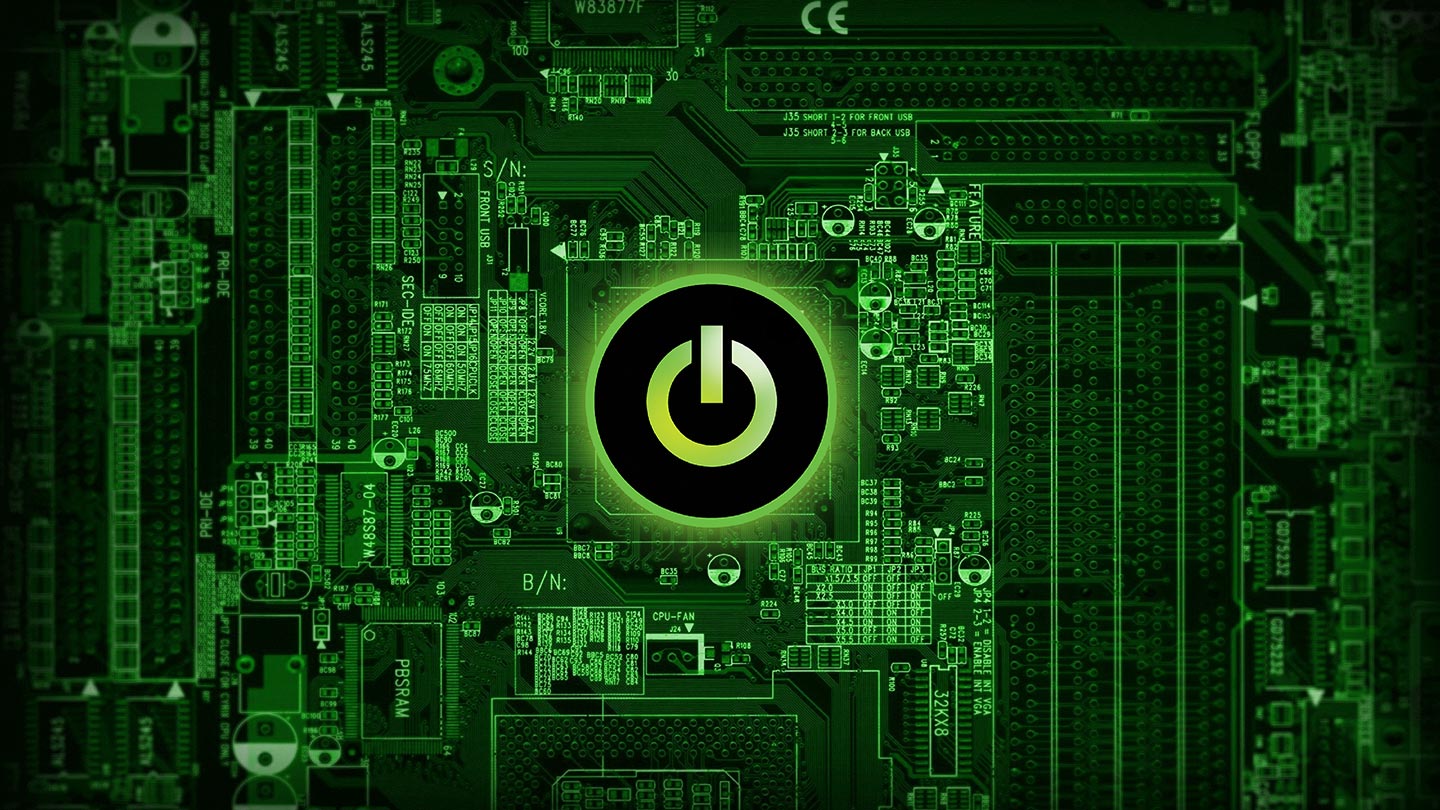
Motion capture actor wears retroreflective sensors[/caption]War for the Planet of the Apes opened in theatres last week, with Andy Serkis reprising his role as Caesar. A critically acclaimed actor, Zerkis is likely best known for his brilliant physical—and often visceral—performances. His portrayals of such characters as Gollum (Lord of the Rings), the titular King Kong and, once again, Caesar are brought to life through the magic of motion capture, the process of recording and digitizing the movement of an object or person.
Although also used in military, entertainment, sports, medical applications and robotics, motion capture, in film and video game development (think Rockstar Games’ L.A. Noire), refers to using captured information to animate digital characters in two or three dimensions.
Motion capture, or MoCap, differs from conventional filmmaking in that motion capture records only actors’ movements, not their physical appearance. In optical motion capture, LEDs mounted around the lenses of several cameras project infrared light into the studio. This light is then reflected back to its source by a series of small, disc-shaped retroreflective markers worn by the motion capture performers. The position of the markers is calculated, placed in three-dimensional space and recorded. The markers are used to outline the structure of the subject—in the case of Caesar, Andy Zerkis. By placing markers on his body and face, filmmakers can accurately find the points on Zerkis’s body that move and bend.
In a motion capture studio, actors’ movements are sampled several times per second. Once data is recorded and cleaned up, animators then transfer the marker information and use it to drive the skeletal structure of the character. Different motion takes are pieced together and enhanced with animation techniques. This allows animators to add details such as fingers and facial expressions not possible in the studio.
There is no difference, says Serkis, between performance-capture technology and conventional acting: performers, not inhibited by layers of prosthetic makeup, can actually play something much more truthfully.
Performance-capture technology is really the only way that we could bring these characters to life. It’s the way that Gollum was brought to life, and King Kong, and the Na’vi in Avatar and so on and it’s really another way of capturing an actor’s performance. That’s all it is, digital make-up.
Andy Zerkis, 2011
Whether capturing the beauty, lithe and grace of Avatar’s Neytiri, Gollum/Smeagol’s inner turmoil, or the strength and emotional clarity of thoughtful, acutely self-aware Caesar, there’s no denying that MoCap captures it all.
Liked this article?
We are adding more useful articles to our blog every week! Join our subscribers to stay up to date on digital security, marketing, and social media trends.
By entering your email, you agree to receive our monthly newsletter. You can unsubscribe at any time!


